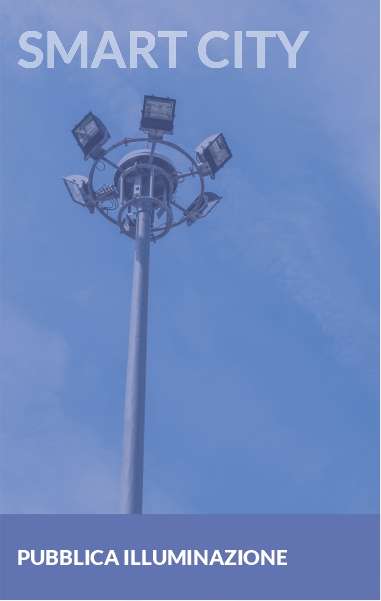CITY ILLUMINATION

CITY ILLUMINATION
Public lighting is represented by the set of objects (street lamps, lamps, lighthouses, headlights, etc.) used to illuminate public spaces.
The public lighting project (especially street lighting) in Italy is regulated by the UNI 11248 standard, which defines the lighting category based on the type of road, vehicle flow, presence of pedestrians, junctions, aggression hazards, etc.
For each category, the lighting parameters that the project must satisfy are defined. Particular characteristics are also defined for the areas surrounding the roadway (cycle paths, sidewalks, pedestrian crossings, intersections).
The project must be carried out in such a way as to limit energy waste and unwanted phenomena such as debilitating glare and light pollution.
The height of the poles should be approximately equal to the width of the roadway and the distance depends on the type of devices used and above all varies according to the lighting characteristics required by the standard.
The lighting system can be implemented by arranging street lamps in various ways:
- Unilateral arrangement: street lamps are arranged on only one side of the roadway. This category also includes systems in which street lamps are placed between two roadways (where there is a median strip) and those in which they are hung from a cable above the center of the roadway;
- Bilateral arrangement: street lamps are arranged on both sides of the roadway and arranged frontally with each other;
- Quincunx arrangement: street lamps are arranged on both sides of the road and placed alternately to obtain greater uniformity of illumination
The costs of such systems are borne by the entity (e.g. the Municipality) that owns them.
The technical evolution of public lighting systems has been dictated by the need of Municipalities to satisfy two requirements: that of containing energy consumption and that of reducing light pollution.
The most innovative technical solutions involve the use of lighting bodies with LED sources and their remote management thanks to remote control. This technology, called Smart Lighting, makes the management of systems more efficient and innovative, allowing energy consumption to be reduced, systems to be managed more effectively thanks to a longer service life and less need for labor, and also improves the quality of light thanks to the high color rendering of new sources that guarantee optimal color perception.


